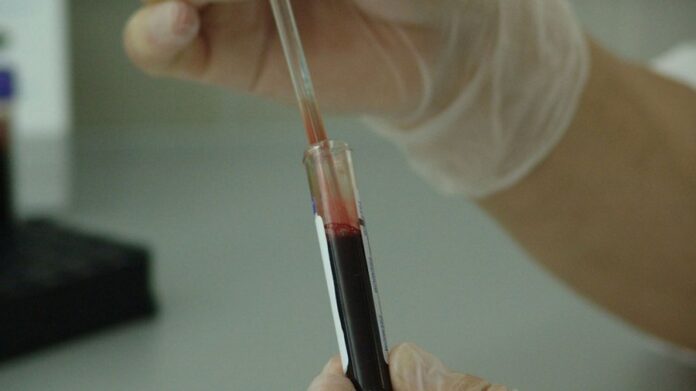GREENVILLE, S.C. (WSPA) — Blood clots are a serious but often preventable medical condition.
As part of our “Ask the Expert” series, in partnership with Bon Secours St. Francis, 7NEWS spoke with a medical doctor about the importance of recognizing the signs and understanding the risk factors.
There are several types of blood clots, but the most common, according to the CDC, is deep vein thrombosis, or DVT.
Dr. Michael Ludkowski, an interventional radiologist, says that how a clot affects the body depends on the type and location of the clot.
“Blood clots can form in any blood vessel anywhere in the body,” said Dr. Ludkowski.
When the blood clot forms in a deep vein of the leg, pelvis, or sometimes arm, that’s deep vein thrombosis.
This type of clot does not cause a heart attack or stroke, like an arterial thrombosis, which is a clot that blocks an artery, but it can still be life-threatening, leading to something else.
“DVT can also lead to PE. PE stands for pulmonary embolism. When a blood clot in the vein in your leg breaks loose, it passes up through your heart and gets pumped out to the arteries in your lungs,” said Dr. Ludkowski.
Dr. Ludkowski says it’s important to recognize the signs of deep vein thrombosis.
“The most common symptom is acute onset or relatively rapid onset of leg swelling and discomfort. Sometimes that discomfort starts in the calf. Sometimes it’s in the thigh,” said Dr. Ludkowski.
The risk for this type of clot goes up if you’ve recently recovered from an injury, illness, or surgery, or have recently gone on a long trip, so keep that in mind.
If the clot ends up traveling to your lungs, you may notice a cough, chest pain, and this symptom…
“It most commonly causes shortness of breath. Shortness of breath that gets worse when you are active,” said Dr. Ludkowski.
Dr. Ludkowski says the best way to reduce your risk of developing a blood clot is to avoid a sedentary lifestyle.
“Move. You have to get up and move. You have to use your muscles to squeeze the veins to pump the blood,” said Dr. Ludkowski.
But if you do find yourself experiencing symptoms of a blood clot, don’t hesitate. Seek medical attention.
“If you have unilateral swelling. One leg versus the other swells up in a short period, a matter of hours or a few days; you should seek medical consultation because that is the number one symptom of a lower extremity DVT,” said Dr. Ludkowski.
Dr. Ludkowski says most procedures to remove a deep vein blood clot take between 35 to 95 minutes, and most patients go home in under 48 hours.
To submit a health topic for our ‘Ask the Expert’ series, click here.
